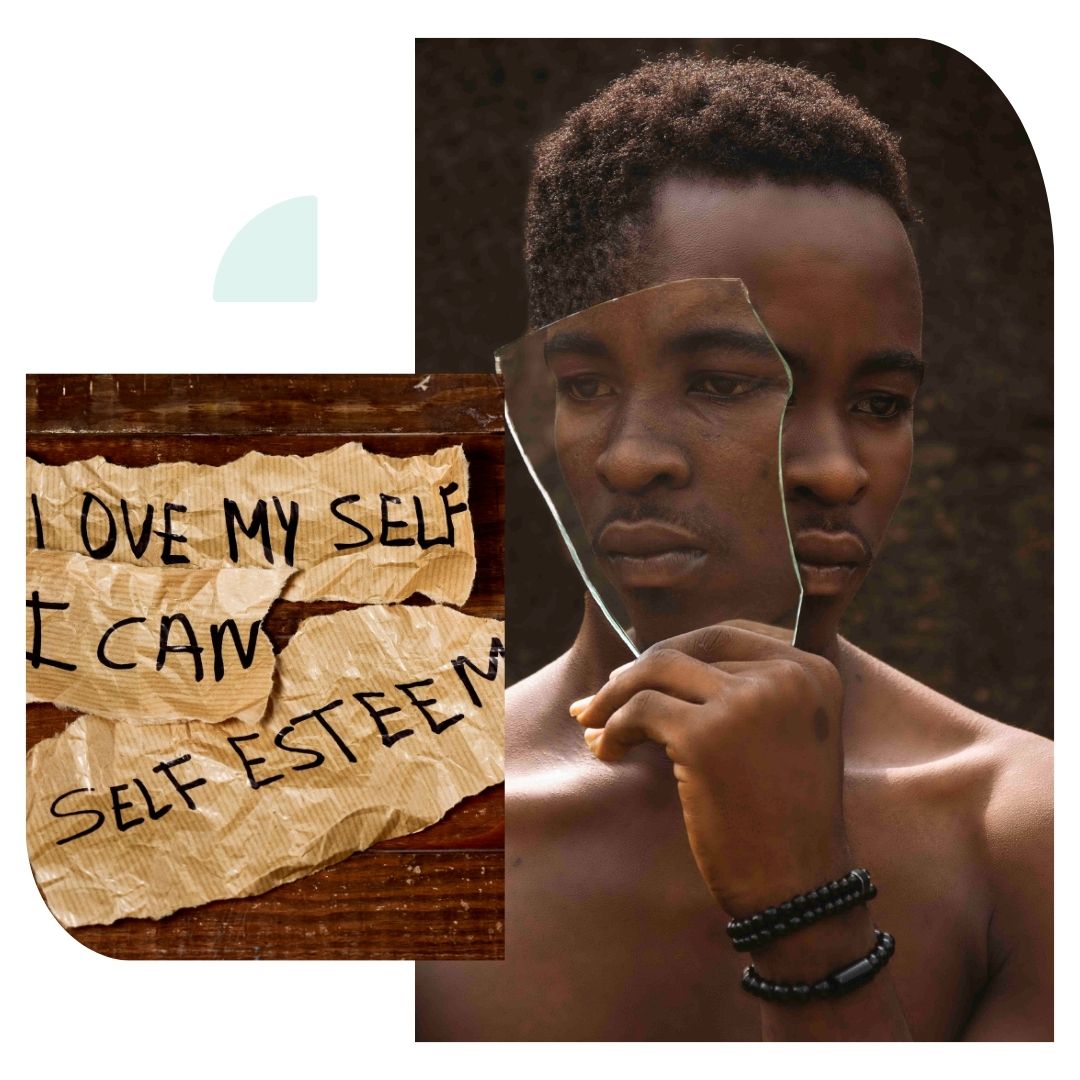Experiential treatment Activities
evidence-based approach to therapy
Also referred to as Experiential Therapy Activities, “ETA’s” are an evidence-based approach to therapy that allows an individual to process painful emotions, manage traumatic or stressful events, and learn healthy coping and problem-solving skills to not only manage their distress, but learn to overcome and even thrive. ETA’s are different from traditional “talk therapy” in that they allow a client to process cognitive and emotional distress through various hands-on, interactive tasks and experiences.

Research shows that ETA’s can increase feelings of self-confidence and self-esteem, build motivation, and alleviate anxiety and stress, while teaching practical life skills with measurable outcomes.
Examples of ETA’s available for clients at Project Ember Initiative (PEI) include play, art, music, writing, sports, building, woodworking, design, horticulture, and many more. Utilizing our ETA Program, clients are able to cater a program specifically for their needs using our 4-Pillar Approach to overall well-being.
4-Pillar Approach
How We Utilize the 4-Pillars
Through ETA’s
Step 1: Get to know the client
Before any type of assessment or evaluation of client needs, our focus at PEI is to get to stop and get to know our clients as people, not as the issues they bring to therapy. Taking a person-centered approach means spending time talking with our clients, understanding their story, learning about their hobbies and interests, and listening to the situations in life that have gotten them to this point. We take a very “non-sterile” approach to therapy believing the relationship and trust built between a client and their provider is far more powerful than knowing a bunch of fancy therapy terms and theories. While our providers are well versed in trauma, attachment issues, anxiety, depression, suicidality, and other common mental health issues and utilize evidence-based approaches, our primary focus is to create a welcoming atmosphere. More simply stated, “People don’t care how much you know until they know how much you care.” (Theodore Roosevelt)

Step 2: Assess and evaluate client needs
While the relationship may take time to grow between a provider and their client, we do so in an intentional and slow manner to continue focusing on building rapport and a solid foundation of trust. Early in the process we may begin assessing and evaluating mental health needs along with the types of Experiential Treatment Activities that best fit the needs and wants of our clients to establish “SMART” goals that are: S-pecific / M-easurable / A-chievable / R-elevant / T-ime based
Step 3: Enact the plan
Beginning the process and using ETA’s doesn’t have to take months, sometimes this can even be done within the first session as a means of helping to build trust and rapport. Regardless of when, the most important piece is to act. Similar to the concept of kinetic energy that we learn about in science class, at PEI we believe that movement along with direction builds momentum and positive growth, so getting youth involved early on in the process is essential.





